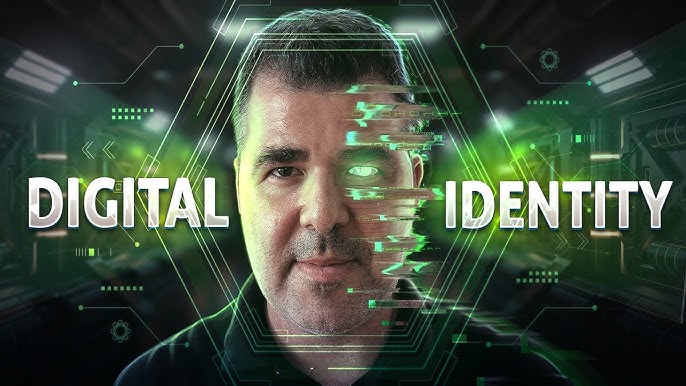
Introduction:
The rise of social media has brought about numerous benefits, connecting people around the world and providing platforms for self-expression. However, alongside these advantages, a darker side has emerged, particularly in relation to body image and self-perception. The constant exposure to carefully curated images of “perfect” bodies on social media platforms has contributed to the growing prevalence of body dysmorphia, a psychological disorder characterized by an obsessive preoccupation with perceived flaws in one’s appearance. In this article, we will explore how social media fuels body dysmorphia and discuss the potential consequences on individuals’ mental and emotional well-being.
Unrealistic Beauty Standards:
Social media platforms have become a breeding ground for unrealistic beauty standards. Users, especially impressionable young individuals, are bombarded with images of flawless bodies, sculpted physiques, and picture-perfect faces. These images are often heavily edited, filtered, and posed to project an idealized version of reality. Constant exposure to these unattainable beauty standards can distort one’s perception of their own body, leading to dissatisfaction, low self-esteem, and an unhealthy obsession with appearance.
Comparison Culture:
Social media platforms facilitate a culture of comparison, where individuals constantly compare themselves to others based on physical appearance. The ability to easily browse through others’ highlight reels can create feelings of inadequacy and inferiority. People may find themselves constantly evaluating their own bodies and obsessing over perceived imperfections, further fueling body dysmorphia and contributing to a negative self-image.
Filtering and Facetuning:
The availability of photo-editing tools and filters on social media platforms allows users to alter their appearance with a few simple clicks. While these tools can be fun and enhance creativity, they also contribute to the distortion of reality. Users can blur imperfections, enhance features, and create an entirely different version of themselves, leading to a false sense of beauty and unrealistic expectations. This reliance on filters and digital manipulation further perpetuates body dysmorphia and erodes individuals’ confidence in their natural appearance.
Validation through Likes and Comments:
Social media platforms thrive on validation and recognition in the form of likes, comments, and followers. This constant quest for approval can significantly impact one’s self-worth and body image. Individuals may resort to extreme measures, such as excessive exercise, restrictive diets, or even plastic surgery, in a relentless pursuit of social media validation. The pressure to conform to the idealized standards set by influencers and celebrities can lead to severe body dysmorphia and take a toll on mental and emotional well-being.
Mental Health Implications:
The impact of social media-induced body dysmorphia goes beyond superficial concerns. It can lead to serious mental health issues, including anxiety, depression, and eating disorders. Constant comparison, negative self-perception, and the pursuit of an unattainable standard of beauty can take a significant toll on individuals’ mental and emotional health, affecting their overall quality of life.
Promoting a Healthier Relationship with Social Media:
To address the issue of body dysmorphia fueled by social media, it is crucial to promote a healthier relationship with these platforms. This involves educating individuals, especially young users, about the unrealistic nature of social media images and the importance of self-acceptance. Encouraging authenticity, body positivity, and diverse representations of beauty can help counteract the damaging effects of social media on body image.
Conclusion:
While social media offers immense connectivity and creative opportunities, it also has a dark side that cannot be ignored. The influence of social media on body dysmorphia is a pressing concern in today’s digital era. By recognizing the impact of unrealistic beauty standards, comparison culture, and the filtering and editing of images, we can begin to foster a healthier relationship with social media and promote positive body image. It is crucial to prioritize mental and emotional well-being over the pursuit of an unattainable and often distorted ideal of beauty.










